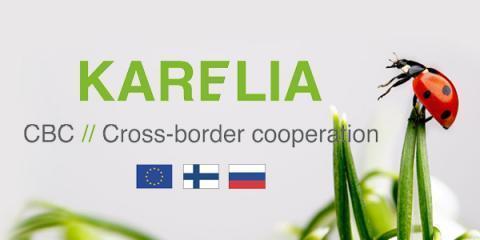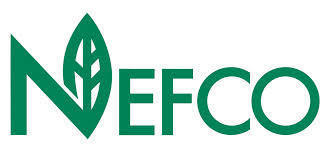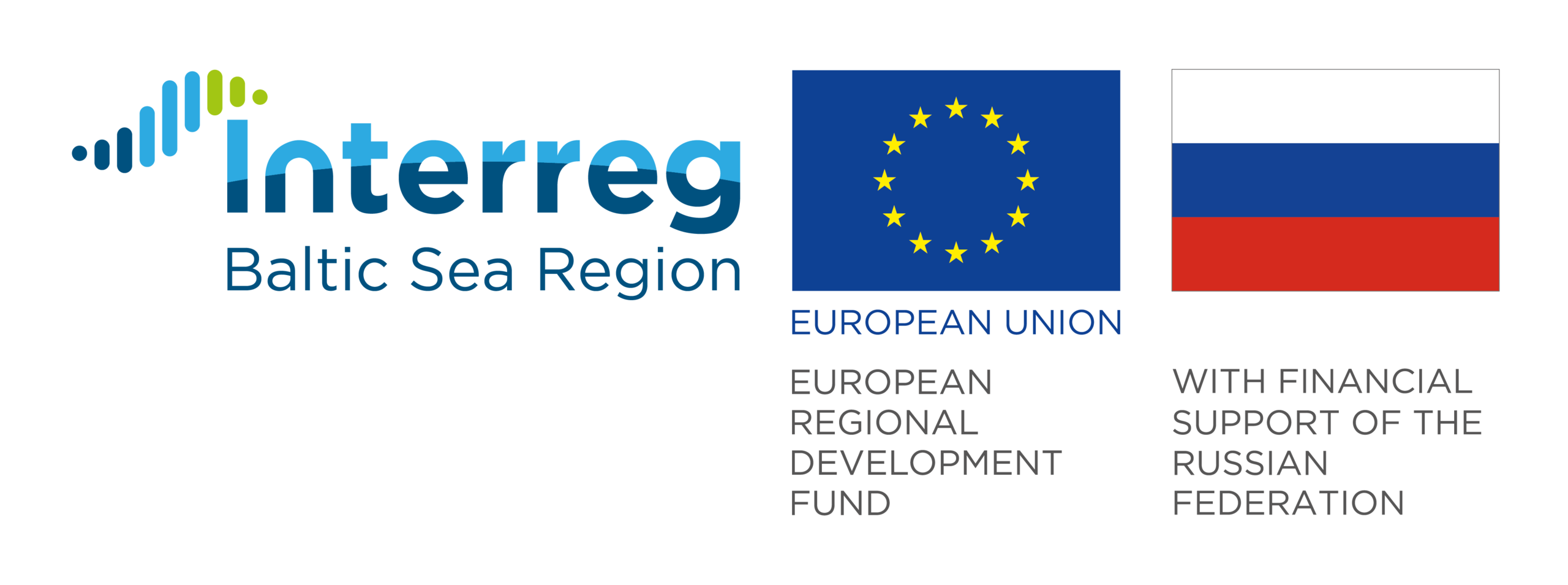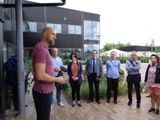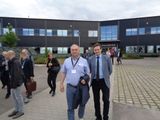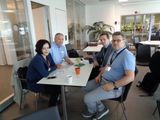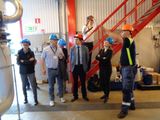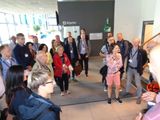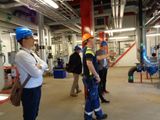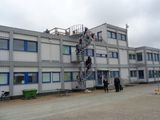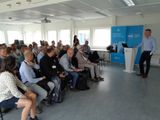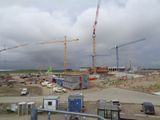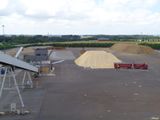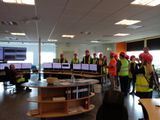LowTEMP study visit to Halmstad and Malmö, 12-13 June 2018
On June 12-13, 2018 a study visit to Malmo region, Sweden in the framework of the "Low temperature district heating for the Baltic Sea Region"(LowTEMP) project took place. Over 30 participant from 9 partner countries spent two days getting familiar with the existing practices and plans of Swedish municipalities and reserach insitutions of the EU in the area of low temperature district heating, use of waste heat for heat supply purpose, district cooling as well as optimization of heat generation and distribution networks. Sweden and Denmark are world leaders in the sphere of low temperature district heating so the representatives of the remaining seven partner countries got access to most advanced information and practices.
ANO EEC and "PKS Teploseti" took part in the visit from the Russian side.
The LowTEMP project partners met in Sweden for a study visit, hosted by the partners Halmstad Energy & Environment and Sustainable Business Hub. The visit started in Halmstad Energi och Miljö AB (Halmstad Energy and Environment). The company provides energy, heat and cooling as well as services in the field of waste utilization for Halmstad citizens. It produces 645 GWh of heat per year (at temperature 95-11°C) for 3.500 family houses and 900 industrial entities and multi-apartment buildings. The company incorporate 5 boiler houses of full thermal power 237 MWth and 300 km of pipelines.
The plans for 3GDH (65°C) and 4GDH (55°C – only two buildings) low temperature grids in Ranagard – new leaving area, were presented. During the visit, partners were familiarized with answers to the questions:
- What are the actual costs of a house build in 4GDH in relation to 3GDH version?
- How should piping be performed inside/outside houses?
- What business model and marketing should be applied?
The second location of the study visit was the Halmstad Arena – a large sport installation (2 ice rinks, swimming pool and series sport halls) with modern air conditioning system (driven by ammoniac absorption system).
The European Spallation Source (ESS) in Lund (under construction) was visited by partners during the second day of the visit. The ESS lab will be equipped with (the most intensive in EU) pulsed neutron source, which will enable investigations in the field of materials and life sciences, energy, environmental technology, cultural heritage and fundamental physics. Energy efficiency is one of the important issues, as e.g. the energy supply was reduced from 310 to 270 GWh/a. The waste heat to be produced in large quantity, 100 GWht at temperature 80°C and similar amount at lower temperature, will be used to supply heat for standard and low temperature grids. Besides, 28 GWh/a of heat under temperature 65°C will be added from MAX IV synchrotron facility to provide heat to LTDH in nearby Science Village. The hole Kraftingen DH system (to be finished 2035) will be one of the largest in the world (~8700 offtake points, 889 GWh/a, 1100 km). The wind mills located next to the location will cover whole energy demand by ESS system.
During the meeting in ESS, Sony Stromberg from E.ON presented an interesting concept of Ectogrid™. The grid based on this idea will supply heat and cooling in modern cities. Two pipeline system with temperature 15-40°C and 5-30°C will constitute source for heat and cooling production for all customers in the city. The applied heat pumps will add cooling energy and heat to the respective pipelines. Losses will be supplied by external sources.
Next, the partners visited company Energy Opticon AB that provides software for optimization of heat and power supply in various companies. Finally, Kraftringen Energi AB including Kraftvarmeverk Ortofta were visited. The cogeneration plant provides customers with electric energy (500 GWhe/a) and heat (200 GWht/a). The boiler with circulating fluidized bed of 110 MWt power produces steam at 540°C, and supply it for Skoda Power MTD30 turbine (39,2 MWe). It is fuelled by biowaste (from forestry 55%, recycled wood 30% and peat 15%). The heat is provided to three cities Lund, Eslov and Lomma.
The participants of study visit were impressed by visionary policies and planned actions in Lund and Halmstad municipalities. The gathered ideas can help to define new local actions in the participating municipalities.
Further plans of the project partners include gathering information on the state of district heating systems in partner municipalities and study visits to Latvia and Poland.
